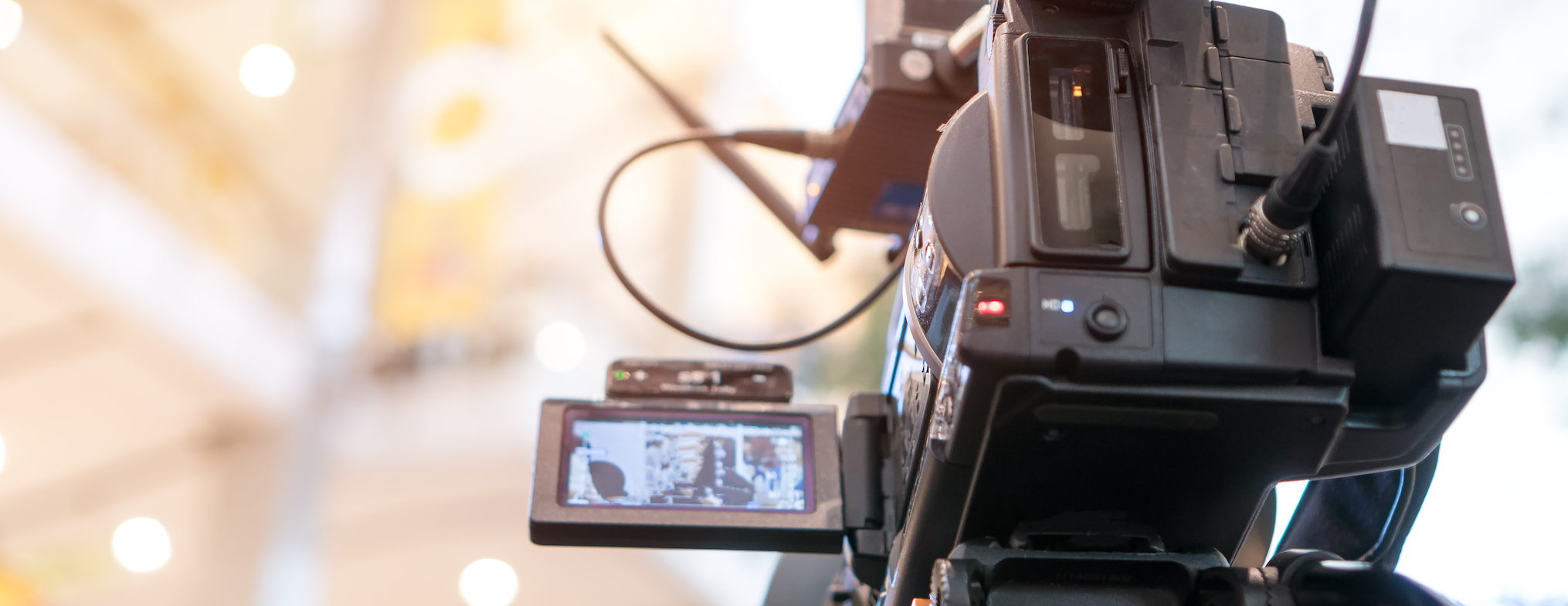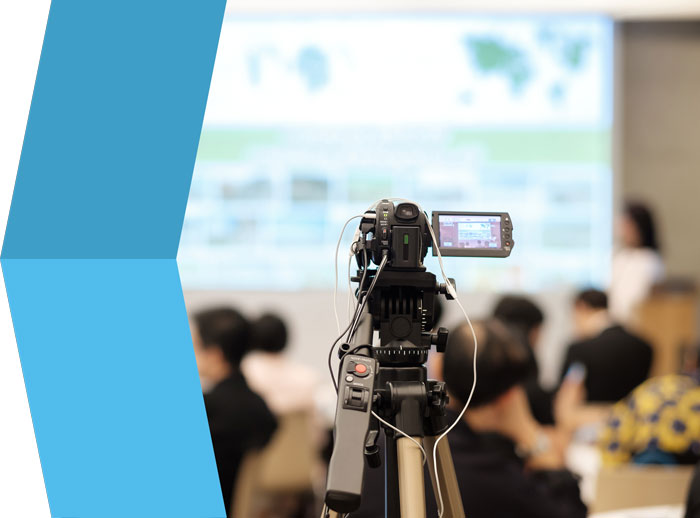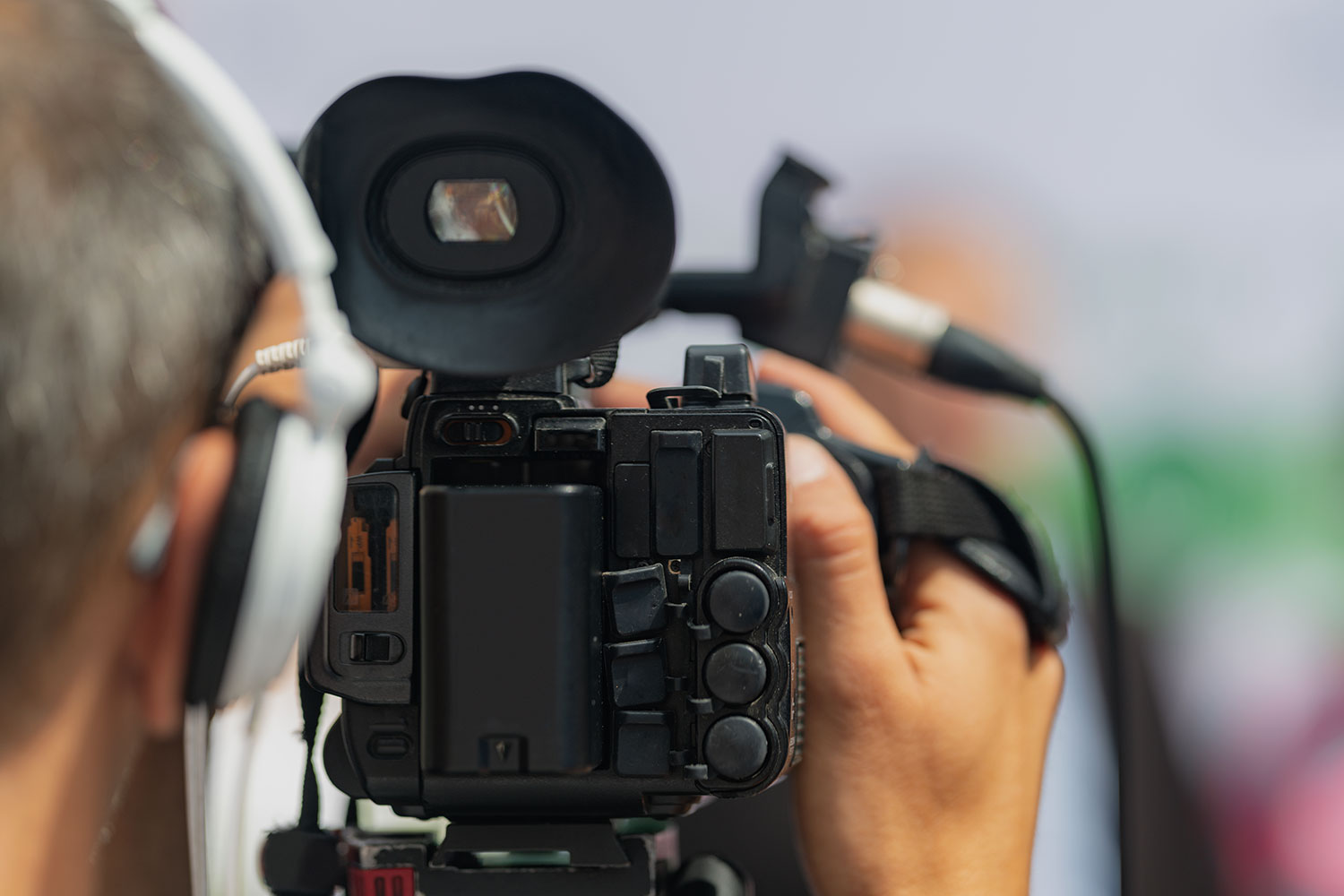The Ultimate Overview to Legal Videography for Attorneys and Legal Teams
The Ultimate Overview to Legal Videography for Attorneys and Legal Teams
Blog Article
Looking Into the Systems of Legal Videography: Unveiling Its Procedure in Shielding Genuine Visual Testimony for Judicial Proceedings
In the world of judicial process, the function of legal videography stands as a foundation in preserving and presenting visual evidence. As innovation proceeds to breakthrough, the mechanisms behind lawful videography have ended up being significantly complex, providing a critical layer of credibility to statements captured on video.
Historical Advancement of Legal Videography
Analyzing the historical development of lawful videography discloses a considerable transformation in the catching and discussion of aesthetic evidence within the lawful landscape. In the past, lawful proceedings greatly relied upon created transcripts and photographs to document occasions and supply evidence. Nevertheless, with the advent of video modern technology, the legal market experienced a paradigm shift in just how aesthetic testament was caught and offered.
The evolution of legal videography can be traced back to the late 20th century when advancements in video recording tools made it more easily accessible for use in courtrooms. This technological advancement not only improved the accuracy and dependability of visual evidence but additionally transformed the means situations existed to courts and courts (Legal Videography). Attorneys began to acknowledge the persuasive power of video recordings in sharing feelings, subtleties, and non-verbal hints that composed transcripts or photographs alone might not catch efficiently

Modern Technology Innovations in Video Clip Documents
What essential technical improvements have transformed video clip paperwork in the lawful field? The lawful field has actually seen considerable advancements in video clip documentation innovation that have improved the credibility and dependability of aesthetic evidence in judicial procedures.
In addition, improvements in video clip file encryption and watermarking modern technologies have strengthened the safety and tamper-proof nature of video clip evidence, securing it versus unauthorized modifications or meddling. Additionally, the arrival of cloud storage options and remote accessibility capabilities has structured the storage space, access, and sharing of video proof, assisting in seamless collaboration among attorneys and making sure effective accessibility to crucial aesthetic testimonies when required. These technical improvements in video clip documents have most certainly revolutionized the legal field, enhancing the precision, reliability, and admissibility of visual evidence in judicial process.
Function of Legal Videographers in Courtroom Settings
The development of video documents modern technology in the lawful field has actually demanded a vital function for legal videographers in court room settings, ensuring the honesty and dependability of visual testimonies provided during judicial proceedings. Lawful videographers play an essential duty in catching and protecting accurate aesthetic evidence that can be pivotal in court instances. Their obligation extends to establishing devices, recording process, and producing premium videos that properly show the occasions in the court.
In addition, lawful videographers often work carefully with lawful teams to guarantee that the video proof straightens with the case's needs and can be efficiently provided in court to support the lawful disagreements being made. On the whole, the duty of lawful videographers in court room settings is essential in supporting the principles of justice and making sure the openness of legal procedures. Legal Videography.

Ensuring Admissibility and Stability of Video Clip Proof
To maintain the integrity of visual evidence provided in lawful process, ensuring the admissibility and stability of video clip proof is a crucial obligation for lawful videographers. Admissibility describes the approval of evidence by the court, and for video evidence to be acceptable, it needs to satisfy specific standards. Lawful videographers play an essential function in making sure that the video clips they record adhere to the rules of evidence, such as credibility, significance, and integrity.
Honesty read of video clip evidence includes maintaining the originality and accuracy of the video from the moment it is videotaped till it exists in court. This consists of safely saving the video clip files, documenting the chain of protection, and avoiding any kind of meddling or alterations. Lawful videographers need to stick to strict methods to guarantee the honesty of the video proof and prevent any type of difficulties to its credibility.
Future Trends in Legal Videography
Given the enhancing reliance on modern technology in lawful procedures, lawful videographers are positioned to welcome ingenious innovations forming the future of aesthetic statement capture and discussion. One of the noticeable fads coming up is the integration of virtual truth (VIRTUAL REALITY) and boosted fact (AR) technologies right into lawful videography. These innovations have the potential to transform how aesthetic proof exists in courts, permitting discretionary to immerse themselves in the scene of the criminal activity or incident.
Furthermore, using expert system (AI) formulas for video clip evaluation is expected to improve the process of evaluating and analyzing big amounts of video footage. AI can help in determining key minutes, abnormalities, and patterns within video clips, enhancing the performance of legal examinations.

Conclusion
Finally, lawful videography has actually played a vital duty in providing authentic aesthetic evidence for judicial process. Via technical developments and the expertise of lawful videographers, the integrity and admissibility of video proof are made certain in court room settings. As lawful videography remains to progress, it will be vital to promote requirements that preserve the precision and dependability of aesthetic testimony for the future of lawful process.
Examining the historical development of legal videography exposes a considerable transformation in the recording and presentation of aesthetic proof within the legal landscape.The development of video clip documents innovation in the lawful area has required an important role for lawful videographers in courtroom setups, making certain the integrity and dependability of aesthetic statements provided throughout judicial proceedings. Furthermore, lawful videographers usually work closely with lawful teams to guarantee that the video proof lines up with the case's requirements and can be effectively provided in court to sustain the lawful arguments being made.To preserve the credibility of visual proof provided in legal why not try this out process, guaranteeing look what i found the admissibility and integrity of video evidence is a vital duty for legal videographers. As legal videography proceeds to evolve, it will certainly be essential to support standards that maintain the precision and dependability of visual statement for the future of legal procedures.
Report this page